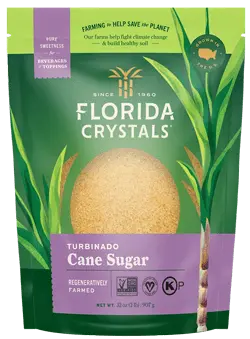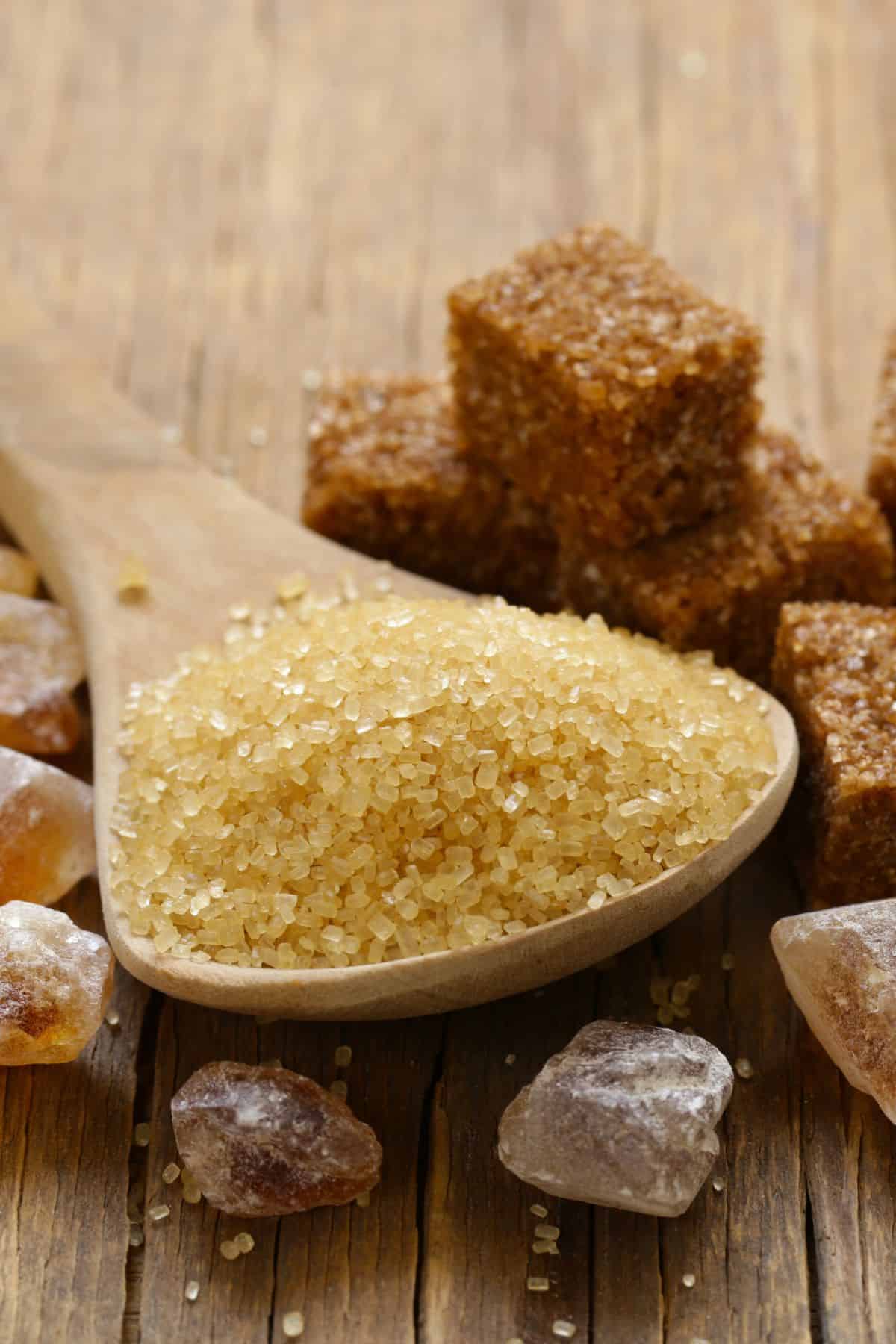Cane Sugar Processing: Secret Technologies for Superior Sugar Manufacturing
Exploring the Comprehensive Tips Entailed in Walking Stick Sugar Processing From Collecting to Refinement
The process of walking stick sugar manufacturing incorporates a collection of complex actions, starting with the mindful harvesting of sugarcane and finishing in the improvement stages that make certain the last product meets market criteria. Each phase, from the extraction of juice to the purification and formation procedures, plays an essential duty in establishing the quality and personality of the sugar.
Collecting Sugarcane
Collecting sugarcane is an essential action in the cane sugar handling chain, as it straight affects the quality and yield of the end product. Correct timing and strategies are important throughout this phase to ensure ideal sugar material and decrease losses. Commonly, sugarcane is harvested when it reaches maturation, typically 12 to 18 months after planting, identified by a high sucrose concentration.

Post-harvest, the sugarcane needs to be refined quickly to stop sucrose deterioration. Ideally, gathered cane needs to be carried to processing facilities within 24 hr to preserve sugar high quality. Therefore, effective logistical preparation is critical to preserve the stability of the harvested plant throughout the supply chain.
Removal Process

The crushed walking cane undergoes a collection of pressing operations to make the most of juice healing. Commonly, warm water is splashed onto the smashed walking stick, creating a countercurrent circulation that helps liquify the sugar while also helping in the removal process. The juice accumulated from this procedure contains not just sugar but likewise different organic substances and contaminations.

To improve extraction performance, some centers may utilize diffusion methods, where the sugarcane is taken in warm water, allowing the soluble sugars to diffuse into the liquid. The resulting juice, abundant in sucrose, is after that directed to succeeding processing phases, laying the foundation for purification and refinement. The removal process is hence critical in determining the quality and return of the last sugar item.
Filtration Techniques
The purification strategies utilized in walking cane sugar processing are crucial for transforming the raw juice into a high-grade sugar product. These approaches primarily aim to eliminate pollutants, such as dirt, plant materials, and not natural materials, which can negatively affect the last item's taste and color.
This process entails including lime and warmth to the raw juice, which assists in the coagulation of contaminations. Additionally, the use of phosphoric acid can enhance the information process by further binding impurities.
One more significant method is carbonatation, where co2 is presented to the cleared up juice. the original source This reaction produces calcium carbonate, which records continuing to be contaminations and promotes their elimination.
Moreover, turned on carbon treatment may be related to adsorb any staying colorants and natural impurities, guaranteeing a more refined item. The mix of these techniques effectively prepares the sugar juice for subsequent steps in the refining process, setting the phase for the manufacturing of premium walking cane sugar.
Formation Techniques
After the purification phase, the following vital step in walking cane sugar processing entails formation methods, which play a pivotal duty in transforming the cleared up juice right into strong sugar. This process typically employs 2 primary approaches: spontaneous condensation and regulated formation.
In spontaneous condensation, supersaturated sugar services are enabled to cool down normally, leading to the development of sugar crystals over time. This method allows for the consistent development of sugar crystals and greater pureness.
During formation, the cleared up juice is focused through evaporation, boosting its sugar material until it gets to supersaturation. Once this factor is attained, either method can facilitate the crystallization procedure. Cane Sugar Processing. The resultant sugar crystals are then separated from the continuing to be syrup through centrifugation
Inevitably, the option of condensation approach affects the quality, dimension, and pureness of like it the last sugar product, making this step crucial in the total walking cane sugar handling procedure.
Refinement and Packaging
Just how can the pureness and top quality of walking cane sugar be further enhanced after formation? The refinement procedure plays an important role in achieving high-quality cane sugar. Adhering to crystallization, sugar goes through a complete cleaning to eliminate impurities and recurring molasses. This is commonly completed making use of warm water or vapor, which helps dissolve and extract undesirable components while protecting the sugar crystals.
Next, the sugar is subjected to a procedure called centrifugation, where it is spun at broadband to separate the cleansed sugar crystals from the remaining fluid. After centrifugation, the sugar is frequently further improved with a technique called carbonization or phosphatation, which uses turned on carbon or phosphoric acid to get rid of color and off-flavors.
As soon as fine-tuned, the sugar is dried to attain the wanted moisture web content, making certain that it remains stable throughout storage space and transportation. The final step includes packaging the polished sugar in closed and moisture-proof containers to keep its quality and stop contamination. Cane Sugar Processing. Appropriate product packaging not just prolongs service life yet likewise helps with very easy handling and circulation, making sure that consumers receive sugar that satisfies the greatest standards of purity and top quality
Conclusion
The detailed steps involved in walking cane sugar handling, from the precise harvesting of sugarcane to the intricate improvement and product packaging stages, highlight the relevance of each stage in making certain high-quality sugar manufacturing. Ideal harvesting strategies, effective extraction techniques, and rigorous filtration procedures jointly add to the last item's purity and security. The formation and subsequent packaging techniques better boost the integrity and shelf life of the sugar, highlighting the complexity and accuracy intrinsic in this vital agricultural market.
The process of walking stick sugar manufacturing encompasses a collection of complex steps, starting with the careful harvesting of sugarcane and finishing in the refinement phases that guarantee the final item meets industry criteria. Ideally, gathered cane should be transferred to refining centers within 24 hours to protect sugar quality.In spontaneous condensation, supersaturated sugar services are allowed to cool normally, leading to the development of sugar crystals over time - Cane Sugar Processing. The refinement process plays an important duty in achieving high-grade walking cane sugar.The comprehensive actions involved in walking stick sugar handling, from the precise harvesting of sugarcane to the complex refinement and packaging stages, emphasize the relevance of each phase in ensuring top notch read this article sugar production